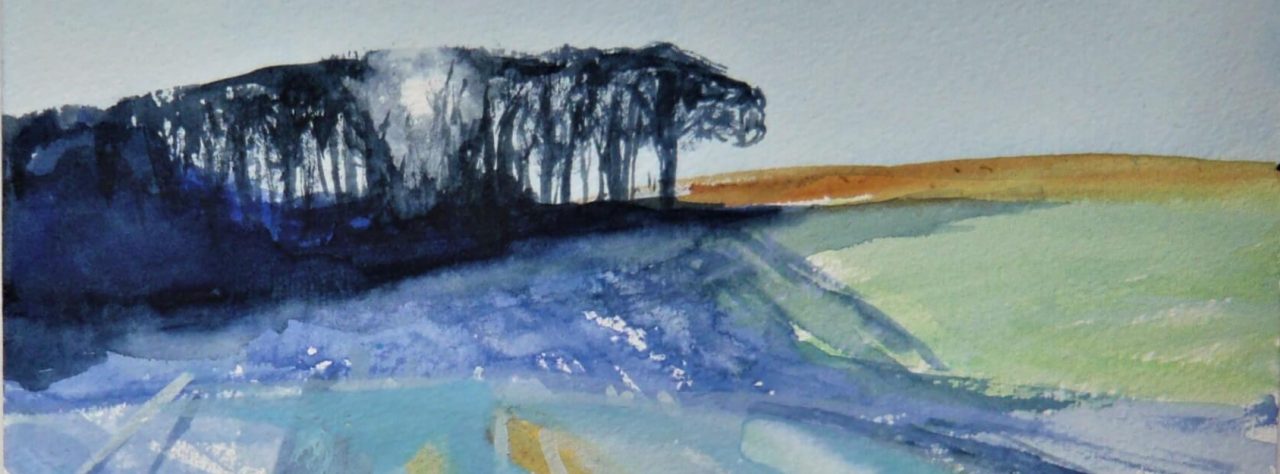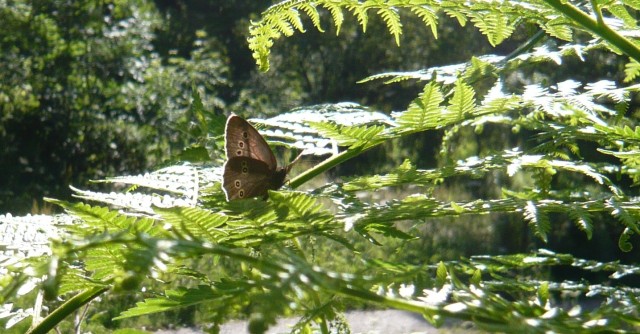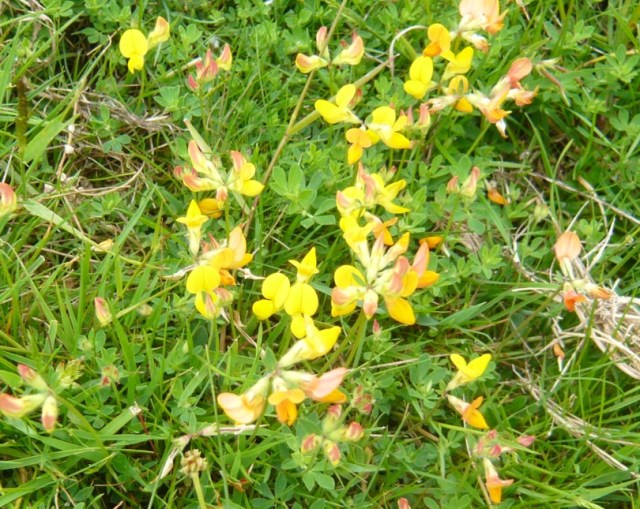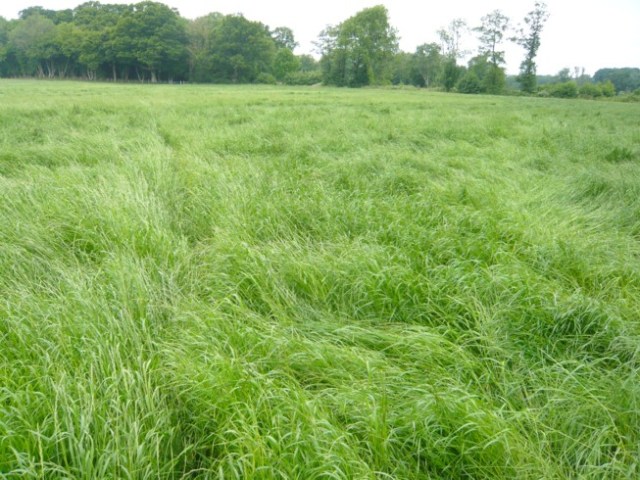We are now allowed to go out to exercise for an unlimited amount of time each day.
This may not have been top of everyone’s Relaxing-the-Lockdown-Rules-Wish-List, but other than the opportunity to finally begin to see some family and friends, I think it was top of mine. On this first day of slightly increased freedom, I take camera and notebook and go off for a longer walk than I’ve been used to this last couple of months. Nothing particularly long, but it feels good to know there is no reason at all for me to limit my walk or have to justify it to anyone.
Naturally, there are other walks I want to do even more, but I’m still reluctant to use public transport to get to somewhere I want to walk and, to be quite frank, the government has not made it clear whether I’m allowed to (although they’ve given the police a major headache if they want to try to control it). So for the moment, the South Downs will have to wait.
But now I am thinking of a walk I did almost exactly a year ago, to reacquaint myself with an area of the North Downs I lived close to a long time ago. I planned to walk along an ancient trackway running along part of the ridge of the Downs, and marked as such on the Ordinance Survey map. This is an area where many Roman remains have been found over the years, mainly in the wide river valley nearby, but I had no idea how old the trackway was thought to be, whether it pre-dated the Romans or was more recent.
But many of these routes were in use long before the Romans arrived, since the early Britons found the lower lands were frequently too marshy and thickly wooded for either easy settlement or for travel. And so it is highly likely this route is several thousand years old. One of the Old Ways. And just walking along it gives me a sense of continuity with the past.
In a wooded area the footpath passed a wide, shallow pit, although there was nothing marked on my map. Mindful that it was always possible it had been dug out by early settlers mining flints, I stopped and poked around in a few areas of exposed earth until I found a couple of flint flakes that appear to have been worked.

To my un-scholarly eye one flake appears to just be a waste flake struck off the flint being knapped (R), but the other could be the tip of perhaps a knife that was being worked but broke in the process, or even a stone chisel (L).
Having adjusted the focus of my eyesight, as it were, to looking for worked flints, I almost missed the fact that the obvious snail shell partially revealed nearby was larger than it should have been, measuring about 5 cm across.
The Romans brought all sorts of goodies to Britain, including a large edible snail (there’s no accounting for tastes) that we now call the Roman Snail. Although found over much of Europe, they have become rare in recent times. In the UK, too, they are now only found in a few areas, including parts of the North Downs, and are protected under Schedule 5 of the Wildlife and Countryside Act making it illegal to kill, handle or possess them without a licence.
The shell I found obviously belonged to one that had long ago gone to meet its maker (or maybe a few herbs and a thick gravy), although I had no way of telling how long ago. Whether there is still a population of living snails in that area I don’t know either, since that is information that tends to be kept as secret as possible.
But both the finding of the flint flakes and the snail shell seemed to reinforce that feeling I had of continuity with the past.














